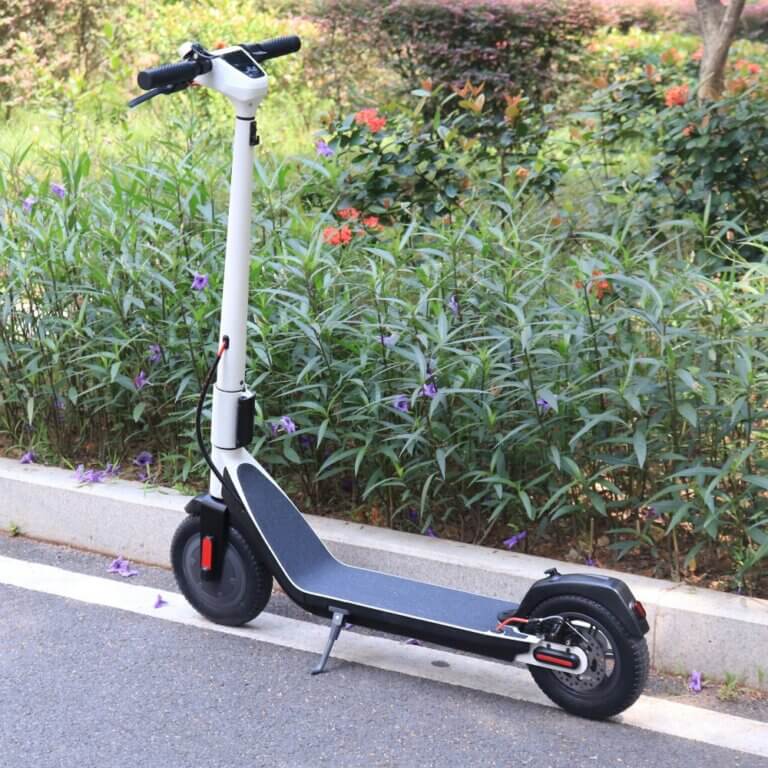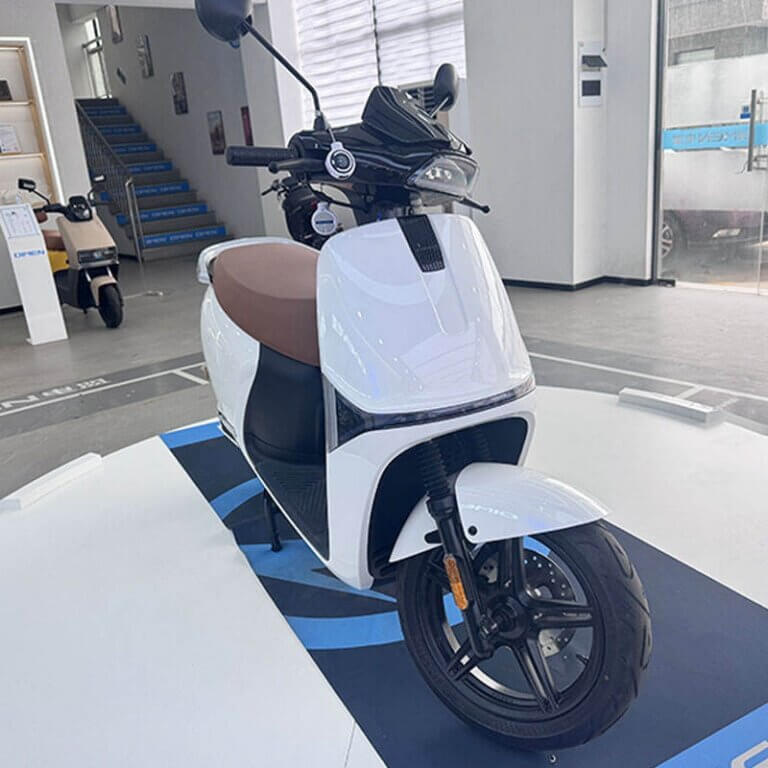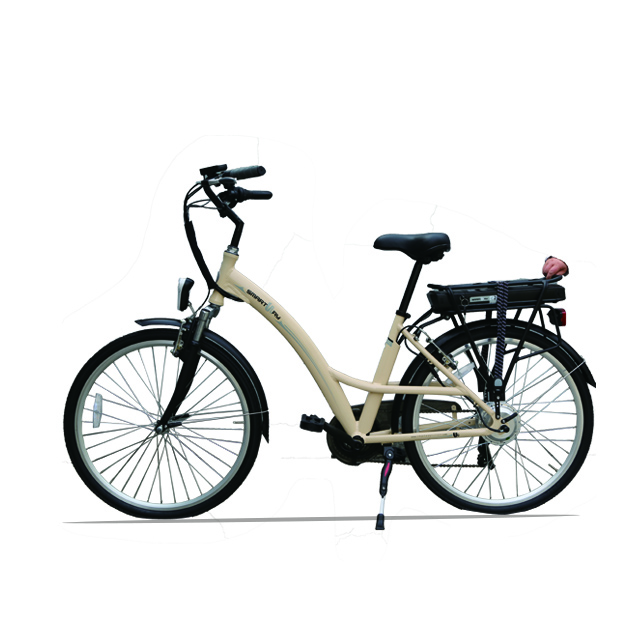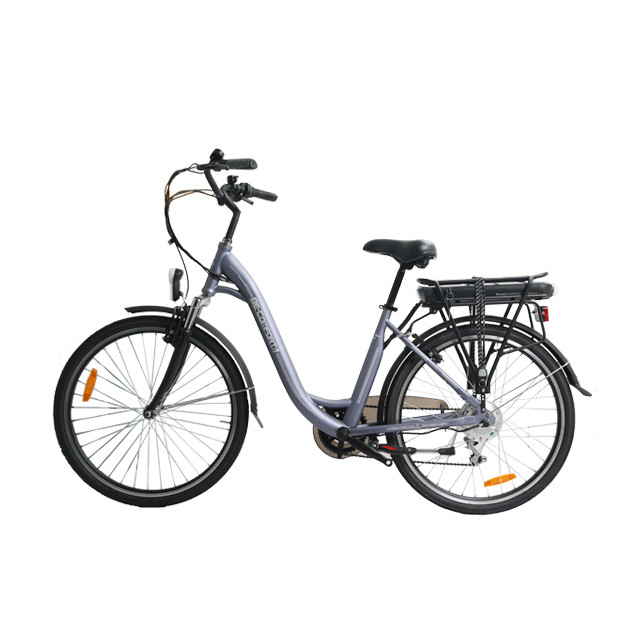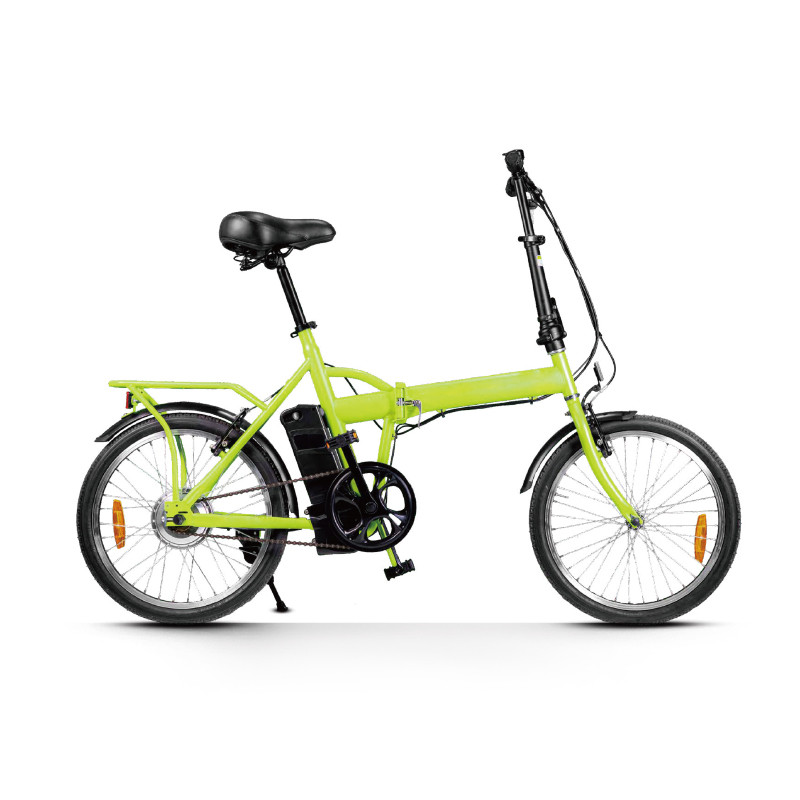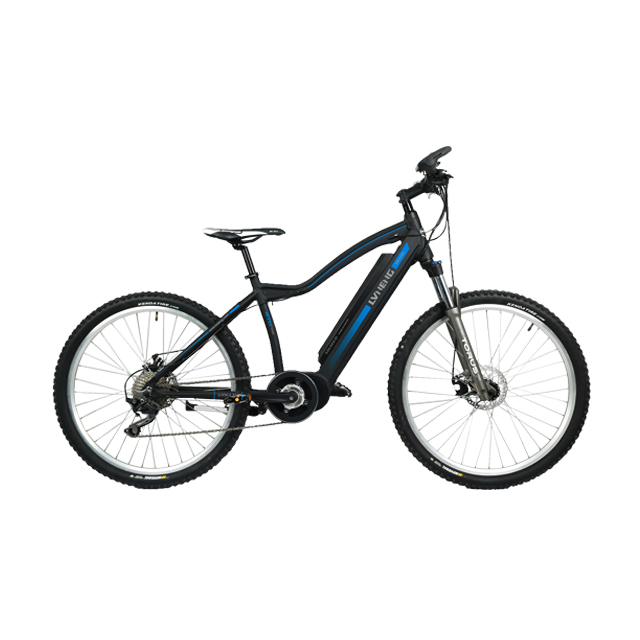-
414 Block B, ZT Times Plaza, Wuhan, Hubei, China
Blog
Fast Delivery Logistics: How We Ship Scooters Worldwide
Summary
Fast Delivery Logistics: How We Ship Scooters Worldwide is a comprehensive overview of the dynamic and rapidly evolving logistics industry focused on the swift transportation of scooters across the globe. As e-commerce continues to surge, consumer demand for prompt and reliable delivery services has necessitated innovative logistics strategies, positioning fast delivery logistics as a critical component of modern retail operations. This sector has gained notable traction due to its ability to cater to urban populations seeking convenience and immediacy in product acquisition.
The growth of fast delivery logistics has been propelled by the emergence of various delivery methods, such as autonomous vehicles, drones, and advanced route optimization technologies. These innovations enhance the efficiency and speed of last-mile delivery—the final leg of the shipping process that significantly impacts customer satisfaction. Moreover, companies are increasingly utilizing real-time tracking and communication systems to keep customers informed, thereby building trust and loyalty in a competitive market. However, the sector faces challenges including urban congestion, supply chain disruptions, and the complexities of international shipping, particularly concerning regulatory compliance for hazardous materials like lithium-ion batteries.
Despite these challenges, the logistics industry has shown resilience and adaptability, evidenced by the integration of sustainable practices and eco-friendly delivery solutions. The incorporation of electric scooters into logistics fleets is one such trend, reflecting a broader commitment to reducing carbon footprints while meeting consumer expectations for quicker, cost-effective deliveries. As the demand for scooters and other personal mobility devices continues to rise, the fast delivery logistics sector is positioned to grow significantly, with projections indicating a substantial increase in market value and evolving delivery models in the coming years.
In summary, fast delivery logistics is a vital area of focus for businesses aiming to thrive in the contemporary marketplace. Its importance is underscored by ongoing technological advancements, shifting consumer preferences, and a heightened emphasis on sustainability, all while navigating the inherent challenges of an increasingly complex global shipping landscape.
History
The evolution of fast delivery logistics can be traced back to the rise of e-commerce and the increasing demand for rapid service. Initially, logistics focused on traditional supply chains that prioritized efficiency in shipping goods. However, as consumer expectations shifted towards immediacy, especially in urban areas, businesses began exploring faster delivery methods, including the introduction of on-demand services.
Early Developments
In 2013, the online laundry service Washio launched in Santa Monica, California, marking a significant step towards utilizing technology for rapid service delivery. The company quickly expanded to seven major cities, including Los Angeles, New York, and Chicago, by offering convenient, time-saving laundry solutions through an app-based platform. This model of leveraging technology for logistics set a precedent for future on-demand delivery services.
The Shift Towards Ultra-Fast Delivery
The emergence of 10-minute delivery apps in the late 2010s revolutionized the logistics landscape. Companies like Blinkit and Zepto in India pioneered this approach, utilizing dark stores and smart routing to fulfill customer orders within minutes. This shift was propelled by changing consumer behaviors and the desire for instant gratification in online shopping.
Adoption of Technology in Logistics
The logistics sector increasingly began to embrace technological advancements to enhance efficiency and customer satisfaction. Innovations such as real-time tracking systems, route optimization software, and automation in order processing became crucial in managing the complexities of rapid delivery. The human element in logistics remained vital, with personnel responsible for optimizing processes and ensuring a seamless customer experience, even in automated systems.
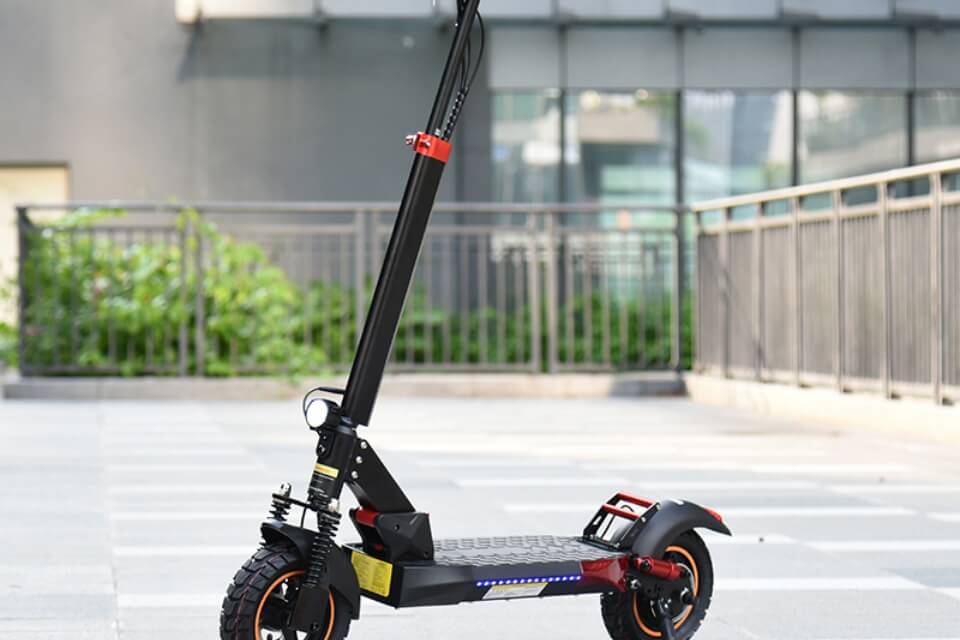
Current Trends
Today, the logistics industry is characterized by a competitive landscape where speed and reliability are paramount. Companies must navigate the complexities of last-mile delivery while maintaining high service quality, especially during peak demand periods. As consumer expectations continue to evolve, logistics providers are compelled to innovate continually, ensuring they can meet the ever-growing demand for faster and more efficient delivery services.
Types of Delivery Services
In the fast-paced world of logistics, various types of delivery services cater to the evolving needs of consumers and businesses. These services can be broadly categorized into several methods, each with its unique advantages and applications.
Autonomous Delivery Technologies
Autonomous delivery technologies have emerged as a transformative solution for reducing reliance on human labor and enhancing delivery efficiency. Delivery robots are particularly effective for short-distance routes in urban environments, while drones can navigate congested areas or remote locations faster than traditional delivery vehicles. As these technologies develop, they provide promising options for contactless deliveries available 24/7.
Lockers and Pickup Points
Lockers and designated pickup points are increasingly popular as secure locations for customers to collect their packages. This approach minimizes failed deliveries and offers flexibility for both businesses and consumers. By consolidating multiple deliveries to a single location, companies can optimize routes, reduce operational costs, and minimize delivery windows, making this method a convenient solution for last-mile logistics.
Flexible Delivery Scheduling
Flexibility in delivery options has become a critical customer expectation. Businesses now offer customers the ability to select specific delivery windows or reschedule deliveries, thereby enhancing the overall customer experience. Options such as same-day or next-day delivery allow customers to control their orders according to their preferences and schedules.
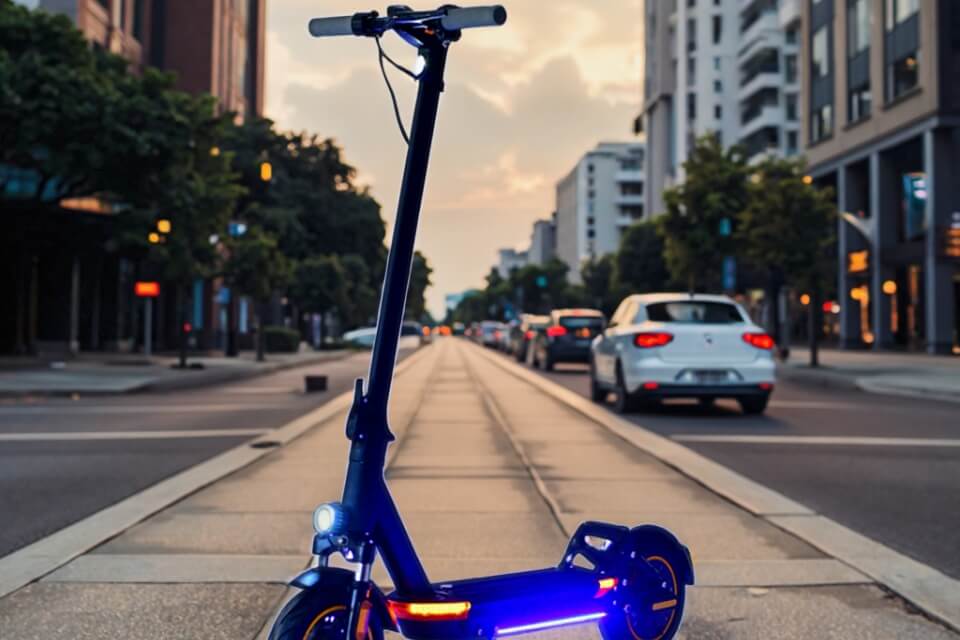
Efficient Reverse Logistics
Reverse logistics, which involves managing the return of products, is essential for maintaining customer satisfaction. Businesses must implement effective strategies for hassle-free returns, ensuring customers can easily send back items if necessary. This service is particularly important for online retailers, where return rates can be higher compared to traditional sales.
Real-Time Tracking and Communication
Providing customers with real-time tracking information is vital for enhancing transparency throughout the delivery process. Utilizing GPS and AI-powered solutions, businesses can offer live updates on delivery status and estimated arrival times, which significantly boosts customer confidence and reduces the volume of inquiries and complaints regarding orders.
Last-Mile Delivery
Last-mile delivery represents the final stage of the logistics process and is crucial for both B2B and B2C operations. Ensuring timely deliveries and providing flexible delivery windows can significantly influence the customer experience. Businesses are increasingly focusing on maintaining high service quality during peak demand periods, employing strategies such as hiring additional seasonal workers or utilizing advanced route optimization software to enhance efficiency.
By leveraging these diverse delivery service types, businesses can meet the growing demands of their customers while optimizing operational efficiency and reducing costs.
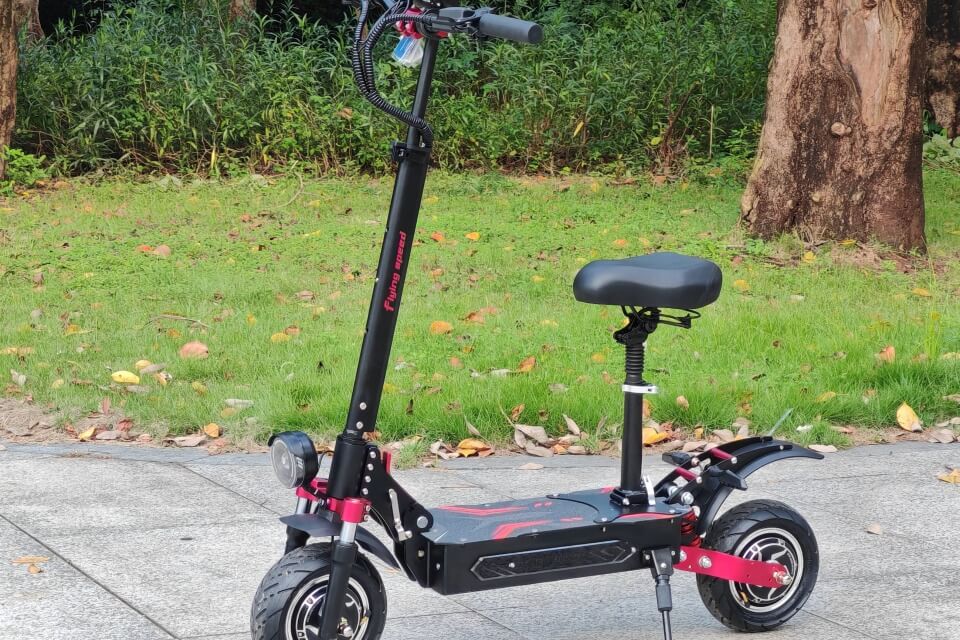
Logistics Process
The logistics process for shipping scooters worldwide involves a comprehensive series of steps designed to ensure efficiency, cost-effectiveness, and customer satisfaction. Each phase of the logistics chain plays a critical role in the overall delivery experience.
Order Placement
The logistics journey begins when the customer places an order for a scooter. This initial step must be well-mapped to ensure smooth processing. Whether the order is from an individual consumer or a business client, accurate order placement sets the foundation for the subsequent logistics operations.
Processing and Fulfillment
Once an order is received, the processing and fulfillment stage comes into play. This phase involves preparing and packaging the scooter for shipment. Although this stage may not be visible to customers, any delays here can significantly impact the delivery timeline. Efficient packaging is crucial to minimize weight and size while ensuring the scooter is secure for transit.
Shipping and Delivery
Shipping and delivery represent critical touchpoints in the logistics process. Customers expect real-time tracking capabilities and clear communication regarding their orders’ progress. By utilizing logistics software to optimize routes and consolidate shipments, companies can enhance delivery speed while minimizing transportation costs. This step is essential for building trust and satisfaction with customers.
Last-Mile Delivery
The final leg of the logistics process involves last-mile delivery, where scooters are transported from local distribution centers to the customer’s doorstep. Efficient coordination with delivery partners is necessary to ensure timely delivery. This process often includes real-time tracking, allowing customers to monitor their order’s status until it reaches them.
Receiving and Post-Delivery Support
Once the scooter is delivered, customers evaluate their experience based on timely arrival and the product’s condition. Providing robust post-delivery support, including easy returns and issue resolution, is vital for enhancing customer satisfaction and fostering loyalty. Companies should also encourage feedback from customers to improve future logistics operations and strengthen relationships.
By meticulously managing each phase of the logistics process, businesses can optimize their operations and ensure that scooters are shipped efficiently to customers worldwide.
Technology in Fast Delivery
Innovations in Delivery Methods Fast delivery logistics have been significantly transformed by various technological advancements that enhance efficiency and customer satisfaction. Key innovations include the adoption of drones and autonomous vehicles, which have emerged as promising solutions for last-mile delivery challenges. Drones, capable of flying over traffic and reaching remote locations, offer a quick and eco-friendly way to deliver small packages directly to customers’ doorsteps. Similarly, self-driving delivery vehicles are beginning to operate on pre-set routes with minimal human intervention, allowing for automated grocery and goods delivery.
Route Optimization and AI Integration
Effective route planning is crucial for maintaining swift delivery times while managing operational costs. AI-powered tools allow businesses to identify the most efficient routes, thereby reducing fuel consumption and vehicle wear. Real-time adjustments based on traffic conditions further enhance delivery efficiency, ensuring that orders are fulfilled accurately and promptly. The integration of machine learning technologies enables dynamic routing, which can adapt to changing circumstances and optimize delivery schedules in real-time, providing customers with accurate delivery windows and updates.
Real-Time Tracking and Communication
Implementing real-time tracking systems is essential for modern delivery logistics. These systems provide live updates on package statuses, significantly enhancing customer satisfaction by offering transparency throughout the delivery process. Direct communication channels between drivers and customers improve service quality, as they allow for immediate updates and issue resolution during the delivery journey. Additionally, GPS and RFID technologies contribute to the seamless tracking of packages, ensuring that both logistics teams and customers remain informed.
Sustainable Solutions
As the demand for fast delivery grows, so does the need for sustainable practices within the logistics sector. Innovations in eco-friendly delivery methods are gaining traction, with companies increasingly focusing on reducing their carbon footprint through the use of electric vehicles, drones, and optimized delivery routes. These practices not only improve efficiency but also align with consumer expectations for responsible delivery services.
Challenges in Fast Delivery Logistics
Fast delivery logistics face a myriad of challenges that can significantly impact efficiency, cost, and customer satisfaction.
Supply Chain Disruptions
Fluctuating fuel prices can further complicate fast delivery logistics by necessitating adjustments to transportation routes, modes, and delivery schedules. These disruptions not only impact delivery timelines but also affect overall customer satisfaction. Additionally, global shipping practices may change in response to rising fuel costs, which can lead to longer shipping routes or slower delivery speeds, ultimately impacting inventory management and operational efficiency.
Customer Expectations
Meeting customer expectations, particularly regarding delivery time windows, is a major hurdle for logistics companies. Consumers now demand flexible delivery options and precise scheduling to fit their busy lifestyles. To address this, many logistics providers are adopting dynamic routing systems that enable real-time adjustments based on factors such as traffic conditions and customer preferences. Additionally, the introduction of delivery lockers and parcel pickup points allows for greater convenience, minimizing the need for multiple delivery attempts.
Urban Congestion
Navigating congested urban areas presents another critical challenge in last-mile delivery. Traffic congestion can lead to delayed delivery times and increased operational costs, including higher fuel consumption and carbon emissions. To combat these issues, logistics companies are utilizing advanced route optimization algorithms and real-time traffic data to identify the most efficient delivery routes. Moreover, the use of alternative transportation modes—such as bicycles, electric scooters, and drones—can help reduce urban congestion while providing quicker delivery options.
Regulatory Compliance
Logistics companies must navigate a complex regulatory environment that includes compliance with various safety, security, and environmental protection regulations. Non-compliance can lead to penalties and damage to a company’s reputation, making it essential for firms, especially third-party logistics providers (3PLs), to stay updated on regulatory requirements. Ensuring compliance can add an extra layer of complexity to logistics operations, particularly in the context of international shipping and varying regulations across different regions.
Technological Integration
The rapid evolution of technology in logistics, while providing opportunities for enhanced efficiency, also presents challenges. Companies must integrate advanced technologies such as Internet of Things (IoT) solutions and transportation management systems to improve visibility and streamline operations. However, adapting to these technologies requires investment and can involve a learning curve for personnel, potentially disrupting existing workflows during the transition phase.
Case Studies
Integration of Electric Scooters in Delivery Services
In recent years, the integration of electric scooters into delivery services has significantly transformed urban logistics, particularly in India. Food delivery and logistics companies have begun incorporating electric scooters into their fleets to meet the growing demand for eco-friendly and cost-effective transportation solutions. A survey conducted among delivery personnel revealed that more than 50% of respondents experienced substantial financial benefits, reporting savings of over 30% on monthly petrol expenses due to the switch to electric vehicles.
Challenges in Shipping Mobility Scooters
Shipping mobility scooters presents unique challenges, primarily related to packaging and logistics management. One major issue is ensuring that scooters are delivered in good condition, as all claims for damaged or missing parts must be filed with the carrier immediately, and keeping the original shipping box and label is crucial for claims. This emphasizes the need for reliable logistics companies that specialize in handling the specific requirements of mobility scooter shipping.
Best Practices for Scooter Shipping
To optimize the shipping process for scooters, several best practices have emerged. These include providing accurate delivery timelines to customers, which enhances their expectations regarding the shipping duration, especially during peak times. Moreover, distributing inventory across multiple regional fulfillment centers can minimize shipping distances, leading to faster delivery times and improved customer satisfaction. Utilizing third-party logistics (3PL) partnerships can also help streamline operations and ensure efficient deliveries, especially in remote areas where traditional delivery methods may struggle.
By adopting these practices, businesses can not only enhance their service levels but also contribute to a more sustainable delivery ecosystem through the use of electric scooters.
International Shipping of Scooters
Shipping electric scooters internationally involves navigating a complex landscape of regulations, paperwork, and logistics challenges, particularly due to the presence of lithium-ion batteries, which are subject to strict transport regulations. Various shipping companies offer tailored services to facilitate the international transport of scooters, ensuring compliance with safety standards and customs regulations.
Key Considerations in International Shipping
Costs and Fees
International shipping costs can vary widely based on factors such as distance, weight, dimensions, and service type, with prices typically starting around $200 and potentially exceeding $1,000. Additional costs may include customs duties, taxes, and brokerage fees, which can significantly increase the total shipping expense. Buyers should be aware that they are responsible for these fees and for understanding the import regulations of their respective countries.
Packaging and Insurance
Proper packing of electric scooters is crucial to prevent damage during transit. Shipping insurance is also an important consideration, offering protection against loss or damage, with costs often based on the declared value of the item being shipped. It is advisable for shippers to discuss specific packing needs with their transport providers to ensure adequate protection throughout the shipping process.
Compliance and Regulations
Customs Regulations Navigating customs regulations presents a significant challenge in international shipping. Companies must be well-versed in compliance and documentation to ensure smooth operations across borders. The complexities increase when shipping products like scooters that may be subject to specific import restrictions or regulations related to their batteries.
Transportation Regulations Compliance with various safety and environmental regulations is essential, especially for third-party logistics providers who handle the transport of goods for multiple companies. This includes adherence to rules concerning the shipment of hazardous materials and the handling of goods that may pose risks during transit.
Future Trends
The landscape of fast delivery logistics for scooters is evolving rapidly, driven by technological advancements, changing consumer preferences, and regulatory developments.
Market Growth
The global market for scooters is expected to witness significant growth, with projections indicating an increase from approximately $13.5 billion in 2024 to around $21.2 billion by 2025. This surge is largely attributed to urbanization, an aging population, and a rising interest in eco-friendly transportation options. Additionally, the business-to-consumer (B2C) segment is predicted to experience a remarkable compound annual growth rate (CAGR) of about 80% in the coming years, fueled by the demand for efficient personal mobility solutions.
Technological Innovations
Technological advancements are set to play a crucial role in shaping the future of scooter transportation. Innovations in battery technology, charging speed, and energy efficiency are likely to enhance the appeal of electric scooters, broadening their user base, including those who depend on mobility aids. Furthermore, integration with public transport systems through scooter-sharing platforms may facilitate improved first and last-mile connectivity, potentially reducing congestion and improving air quality in urban settings.
E-commerce and Delivery Models
The e-commerce segment accounted for a dominant share of the scooter delivery market, approximately 45% in 2023, with food delivery services expected to grow at the fastest rate of 20.9% in the near future. This trend highlights the necessity for logistics companies to adapt to changing consumer expectations, such as the demand for quick and cost-effective deliveries. As businesses incorporate sustainable practices and electric vehicles into their delivery fleets, they also face challenges related to urban traffic and regulatory changes that could affect last-mile delivery strategies.
Sustainability Efforts
Sustainability is becoming a key focus for logistics companies, prompting a shift toward electric vehicles (EVs) and sustainable packaging solutions. The adoption of biodegradable and recyclable materials not only aligns with consumer preferences but also helps reduce the environmental impact of deliveries. Additionally, autonomous delivery technologies, such as drones and delivery robots, are being explored to enhance operational efficiency while minimizing reliance on human labor and lowering costs.
Regulatory Changes
As the landscape of last-mile delivery continues to evolve, companies must remain vigilant regarding potential regulatory changes that could impact their operations. New rules may emerge concerning delivery timings and emissions restrictions, necessitating adjustments to logistics strategies to comply with urban regulations.




